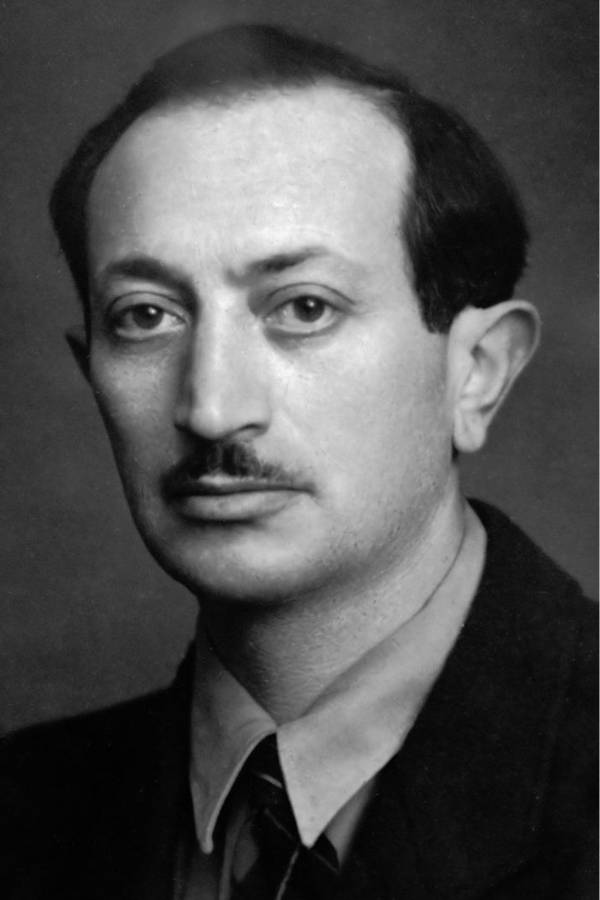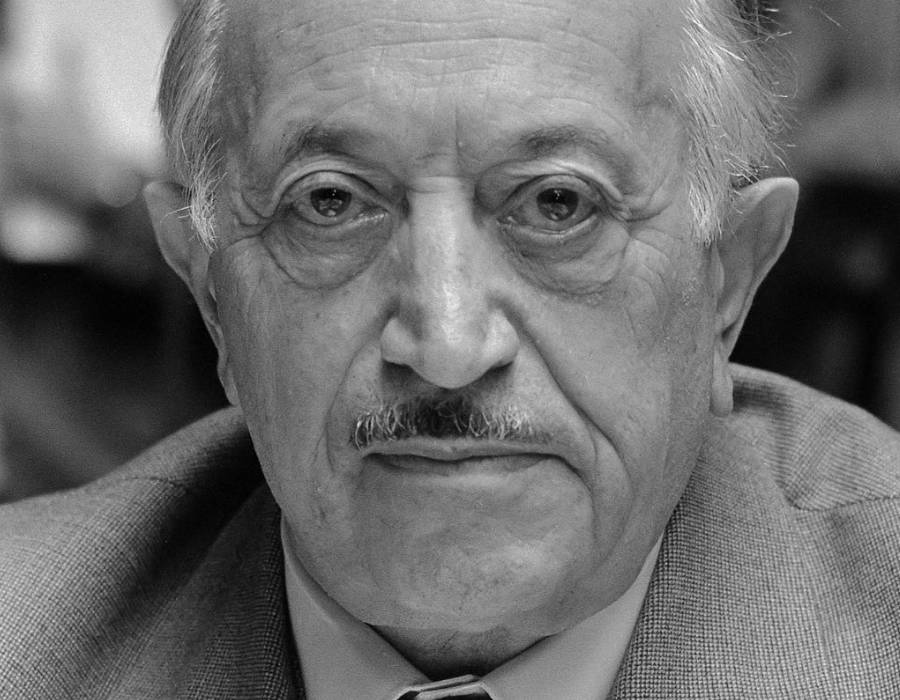Sunflower & the Holocaust
Dale Hathaway
Fall 2020
Created: 2020-07-24 Fri 17:31
Table of Contents
Guide to app usage
| Key stroke | Effect |
|---|---|
| n, space | next slide |
| p | previous slide |
| f | fullscreen |
| esc, o | overview slide |
| m | toggle menu |
| audio inlay | start/stop audio playback |
Sunflower
Overview
A Holocaust survivor’s surprising and thought-provoking study of
- forgiveness,
- justice,
- compassion, and
- human responsibility,
Wiesenthal ca. 1940-45 & 1982
 |
 |
Ongoing work of Wiesenthal
- after the war he worked with American War Crimes Unit
- long-term effort to bring escaped perpetrators to accountability
- founded the Simon Wiesenthal Center helping to
Never Forget!
Summary of Sunflower
- While imprisoned in a Nazi concentration camp, Simon Wiesenthal was taken one day from his work detail to the bedside of a dying member of the SS.
- Haunted by the crimes in which he had participated, the soldier wanted to confess to–and obtain absolution from–a Jew.
- Faced with the choice between compassion and justice, silence and truth, Wiesenthal said nothing.
- But even years after the way had ended, he wondered: Had he done the right thing? What would you have done in his place?
Overview of Shoah
“Holocaust” "Shoah"
As noted in an earlier discussion, an alternate name Shoah has been proposed as a more appropriate word than the word Holocaust. "Holocaust" is a word used in the Hebrew Bible to refer to burnt offerings made to God. It is a sacred act. In some contexts it is an act that is favorable to God.
| Holocaust | a burnt offering (as to God) |
| Shoah | a calamity |
Timeline
- The mass murder of European Jews and others under Nazi rule during World War II as Holocaust or Shoah.(see below)
- Timeline of a long history of anti-semitism:
Major facets of the Shoah
Major groups of people affected by Shoah the groups are not mutually exclusive.
- Victims.
- Millions were victimized by the Nazi regime during the Holocaust: Jews, Gypsies, political enemies, Jehovah's Witnesses, homosexuals, and people with disabilities.
- Perpetrators.
- Hitler created an atmosphere of terror that was maintained by force.
- Bystanders.
- Throughout the world, many stood by and watched as the atrocities mounted.
- Resisters.
- Resistance took many forms, from individual acts to organized armed resistance against the Nazi terror.
- Rescuers.
- Rescuers, by hiding victims in attics or by helping them to escape to other countries, saved many who would have perished.
- Liberators.
- The Allies liberated the concentration camps in 1945 and became unwilling witnesses to the horror.
- Survivors.
- Survivors relate their thoughts and feelings about living through such a terrible period of human history.
- Children.
- Children were especially vulnerable in this tragic period.
Final Solution
Hitler's Final Solution
- Hitler's Nazi government planned a "Final Solution" to the "Jewish question." After experimenting with different methods of mass extermination, Nazis settled on the gas chamber as the most efficient
- Death camp operations began in December 1941 at Semlin in Serbia and at Chelmno in Poland
- More camps opened in the spring and summer of 1942
Simplified timeline
- Rise of the Nazi Party (1918-1933).
- During the fourteen years following the end of World War I, the Nazi party grew from a small political group to the most powerful party in Germany.
- Nazification (1933-1939).
- Once Hitler became Chancellor and later Reichsführer, the Nazi party quickly changed Germany's political, social, and economic structure.
- The Ghettos (1939-1941).
- Confining Jews to ghettos was another critical step in Hitler's Final Solution.
- The Camps (1941-1942).
- The concentration camps were Hitler's final step in the annihilation of the Jews.
- Resistance (1942-1944).
- People resisted by any means possible, from stealing a slice of bread to sabotaging Nazi installations.
- Rescue and Liberation (1944-1945).
- Some survived through the heroics of neighbors; others were liberated by the Allies.
- Aftermath (1945-2000).
After the war, Nazi perpetrators faced punishment for their war crimes and survivors began rebuilding their lives.
The victims
See Survivors for a collection of vivid accounts and perspectives of survivors of "Shoah"
The U.S. Holocaust Memorial Museum has a large quantity of resources to explore online. Some of you may have visited it. US Holocaust Memorial Museum
Antisemitism
Jews and antisemitism
- Jews had long been victims of persecution
- Hitler rose to prominence as a charismatic demagogue in 1920's
- He lost an election for president in 1932
- in 1933 he became chancellor and set in motion the destruction of democracy in Germany
Some major events in history of antisemitism
| First attempt to annihilate a Jewish state | 722 BCE |
| Second attempt (successful) to annihilate Jewish state | 586 BCE |
| Third annihilation of a Jewish State | 70 CE |
| Judaism made illegal in Roman Empire | 119 CE |
| Crushing of Jewish Revolt | 135 CE |
| 1st known Christian claim that it was Jews who killed the Son of God | 167 CE |
| sporadic, often systematic, persecution & murder of Jews by Christians | 325 CE- ? |
| periodic expelling of Jews from Europe | cont. ? |
| 1st Crusade | 1096 CE |
| Jews expelled from Muslim Spain | 1147 CE |
| Jewish books burned | cont. ? |
| Jews expelled from France | 1322 CE |
| Jews are blamed for the Black Death | 1349 CE |
| Pogroms & local expelling of Jews | cont. ? |
| Luther produces a plan to get rid of Jews | 1543 CE |
| Henry Ford produced pamphlet "Jewish Menace" | 1920 CE |
| the Shoah | 1939-1945 |
Antisemitism
"Antisemitism and all other forms of racism present a danger not only to Jews but also to the community of nations. These days the 'new antisemitism' is directed simultaneously against Jews, against Israel and against Zionism. By equating these terms the danger for Jews as a whole is exacerbated. This phenomenon is also common in propaganda emanating from the Arab world. The Holocaust showed the world the extent of the destructive power of antisemitism and racism. Holocaust denial, as well as minimization and banalization of the Holocaust provide a means of avoiding the evident conclusions and learning the lessons for the future. We, the survivors, call upon the world to wipe out these phenomena and to combat them relentlessly." – statement by survivors of Shoah